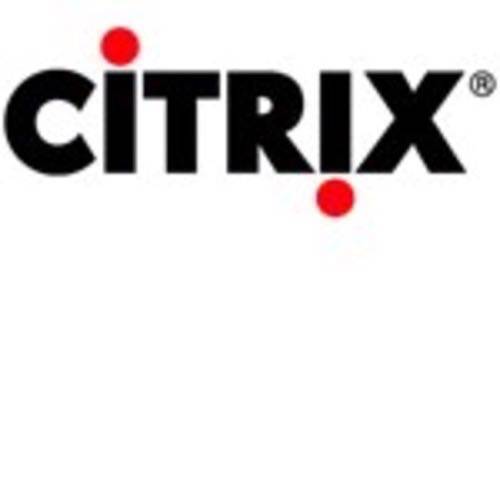Citrix is moving fast since acquiring Cloud.com in July. After less than two months with Cloud.com, Citrix has decided to bet heavy on the open cloud by merging all code into the open source release of CloudStack.

CloudStack is similar to Amazon EC2, but it allows organizations to run a private cloud rather than depending on managed software from a provider. But CloudStack has a number of important differences between EC2 and other proprietary solutions like VMware vSphere.
First off, CloudStack provides support for a number of hypervisors – and companies can mix and match. You can use CloudStack with VMware, XenServer, Oracle VM, KVM, and others. A newer feature in CloudStack provides bare metal provisioning, allowing companies to provision an OS to a system using PXE right away – no need to pre-install an OS. CloudStack also has a pretty good Web-based management interface.
It also has pretty much the standard set of features you’d expect from any cloud software: monitoring, usage metering, VM sync and high availability features, and so on. The full set of features is on the CloudStack site.
The decision to open source and do so all the way was an easy one to make when we looked at how other commercial open source (open core projects) had fared. We knew that we needed to do this and with the acquisition by Citrix it gives us a lot more resources than we had has a small company and their overwhelming support to do this right way.
The feature set isn’t the big news, though – the move to the GPLv3 is. The project has been open source for some time, but not entirely. The company had kept two codebases – one for the community, one for paying customers. This means that the open source community now has (or will have) all the same features as customers like GoDaddy. Previously, the company held back connectors for proprietary software, such as VMware’s hypervisor and connectors to NetApp storage and F5 load balancers. A preview release is out now, though it’s not considered production ready just yet.
So why is the company going in this direction? Mark Hinkle, director of cloud computing community with Citrix, says that it was a no-brainer. “The decision to open source and do so all the way was an easy one to make when we looked at how other commercial open source (open core projects) had fared. We knew that we needed to do this and with the acquisition by Citrix it gives us a lot more resources than we had has a small company and their overwhelming support to do this right way.”
But they’ve been working fairly quietly, says Hinkle, because of the “unique problem of many customers and huge demand from day one.”
Over time, the company will also be “converging” CloudStack with OpenStack. The plan over the next six months is to release a Citrix-tested version of OpenStack, support OpenStack APIs in CloudStack, and provide a common management interface for both platforms.
The big question here is whether the licensing will matter to enterprise customers. VMware is fairly entrenched in the private cloud space, and Amazon is well ahead in the hosted cloud space. Rackspace and Citrix seem to be betting that the licensing is going to matter a lot to customers. What do you think? Is open source the way to go with CloudStack? If so, is the GPLv3 the right choice?










